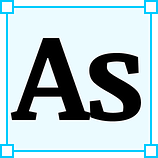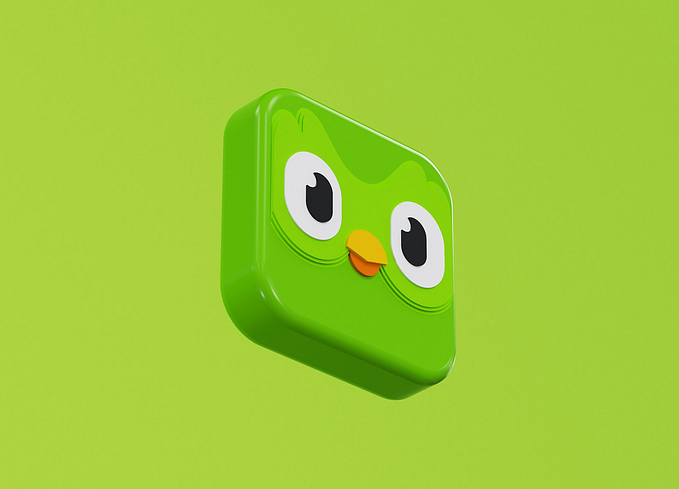Member-only story
A designer’s guide to successful user testing
How to conduct usability studies to create well-designed products

 As product designers, harnessing skills in user research is crucial to our roles (if not already a requirement sought from most companies nowadays). Being able to effectively detect users’ pain points to then devise core insights lends itself to well-designed applications. In all, learning how to conduct user testing ultimately helps in creating the best user experiences.
As product designers, harnessing skills in user research is crucial to our roles (if not already a requirement sought from most companies nowadays). Being able to effectively detect users’ pain points to then devise core insights lends itself to well-designed applications. In all, learning how to conduct user testing ultimately helps in creating the best user experiences.
First, what does it mean for a design to be usable?
“It means that a person of average (or even below average) ability and experience can figure out how to accomplish something without it being more trouble than its worth.” —Steve Krug from Don’t Make Me Think
The answer to a design problem often depends on the context. However, it can be agreed that a well-integrated design is one that fills a need and is carefully thought out, well-executed, and tested.

If a digital product lacks usability, it erodes users’ confidence in the product and ultimately the organization behind it. The unintended thought resulting from frustrated users is why enough effort wasn’t put in to make things intuitive and simple for the application they’re using.
Why should product designers learn user research?
When designing an application to be usable, a designer’s role is to get rid of the question marks.
In today’s digital world, there are many applications offering similar functionality and a range of equally attractive alternatives. There is almost zero cost for the user to switch products among the competition. Using a site or app that makes complicated actions feel effortless saves everyone energy, time, and enthusiasm.





